In today’s world, there are hundreds (if not thousands!) of combinations of vanities and faucets available, with vanity options alone ranging from floating to pedestal to double or single sink. So, how can you be confident in the best vanity and faucet pairing for your bathroom’s specific style?
When it comes to bathroom design, ensuring everything is cohesive and paired well together is the key to creating that coveted spa-like feel. From the decorative accessories you choose to the fixtures that make the space shine, spending a little extra time thinking about the way that the elements match (or at least complement one another) is essential.
In this brief guide, we reveal the perfect vanity and faucet pairings for 3 classic bathroom styles so you can rest assured that both elements will look great together.
1. For traditional bathrooms
For traditional-style interiors, which often combine elegance and functionality, the best vanity and faucet pairing will speak to a timeless design that evokes symmetry and comfort.
Since traditional design often incorporates a classic look with wood furnishings, a vanity with clean lines and a beautiful wood finish like this Antique Coffee Traditional Bathroom Vanity is a great option. Then, you can pair the vanity with a traditional faucet like the Fresca Fiora in Brushed Nickel which has a curved, yet clean-lined quality with classic single handle functionality and softened matte nickel finish.
In combination, these two options will perfectly feed into a traditional bathroom, as they underscore the simplicity of this elegant style while harkening back to classic design principles.
2. For modern bathrooms
On the other end of the spectrum is the modern or contemporary style, which is defined by sleek minimalism, geometric shapes, and zero clutter. In this type of bathroom, it’s typical to find features that are architecturally unique and eye-catching, such as free-standing vanities that appear to be floating on the wall.
For instance, a vanity like this Mezzo Teak Modern Bathroom Vanity is a stunning choice, as its one-of-a-kind style will appear more like a work of statuary art than a functioning amenity.
This vanity would be perfectly complemented by a faucet like this Fresca Versa. When paired together, the two elements will evoke a contemporary, geometric feel, as both are square in shape and look luxuriously high end – exactly what you want for a modern space.
3. For rustic bathrooms
For rustic interiors, it’s best to stick with elements that are natural, aged, organic, and maybe even a little distressed. No matter how close you live to the actual countryside, the key to rustic spaces is to combine indoor and outdoor staples so that they achieve a cozy, lived-in look.
Starting with a vanity like Fairmont Designs Napa 30” vanity invites a comfortable yet distinguished look that will define your rustic design.
Then, you can opt for a faucet like Graff’s Lauren double handle faucet. The curvaceous detailing and choice of finish from chrome to gold underscores that classic and elemental style.
Now that you’ve got your vanity and faucet combination sorted, what about the bathroom toilet? Here are our top picks for the best toilets available in the industry.







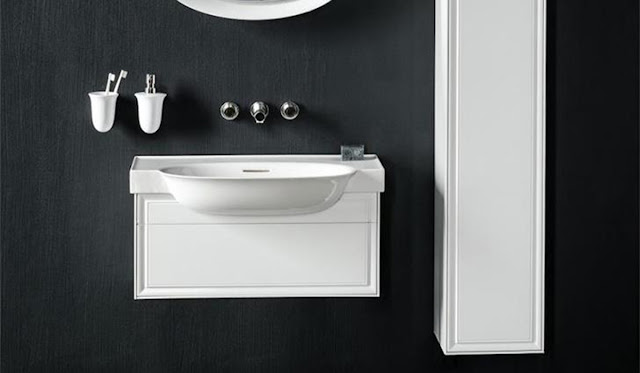




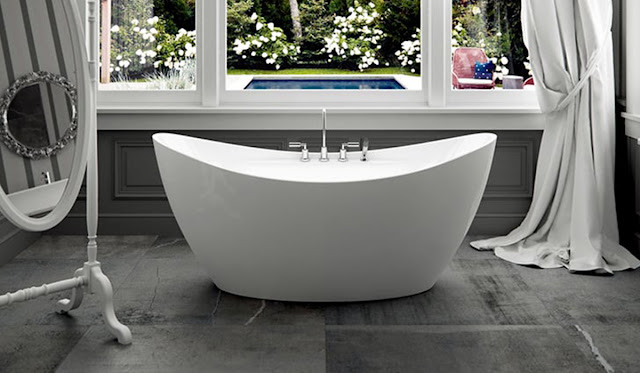
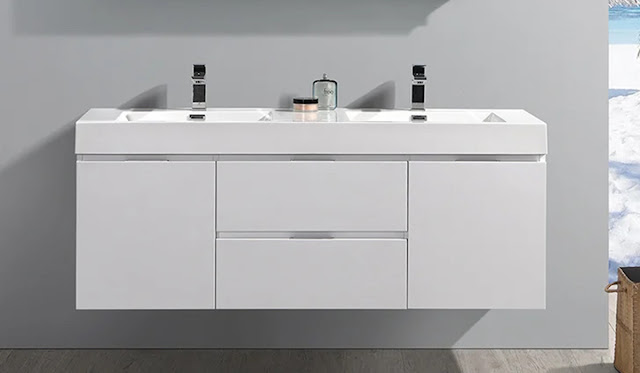


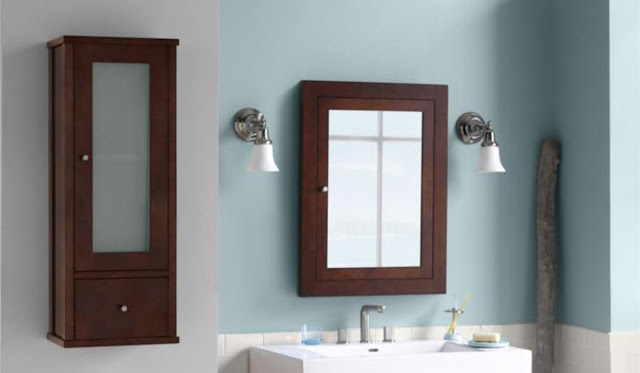



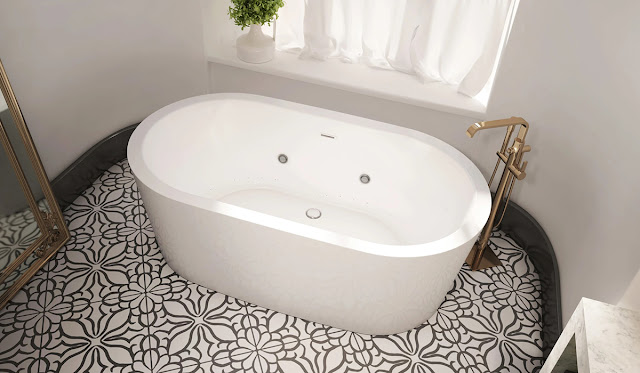

.jpg)
.jpg)
.jpg)




